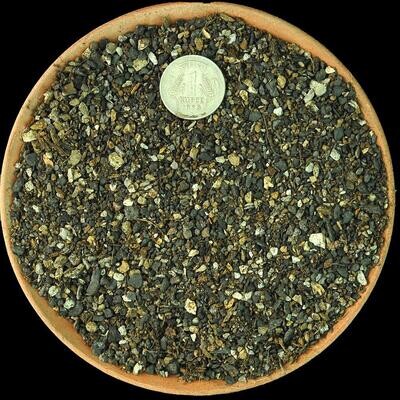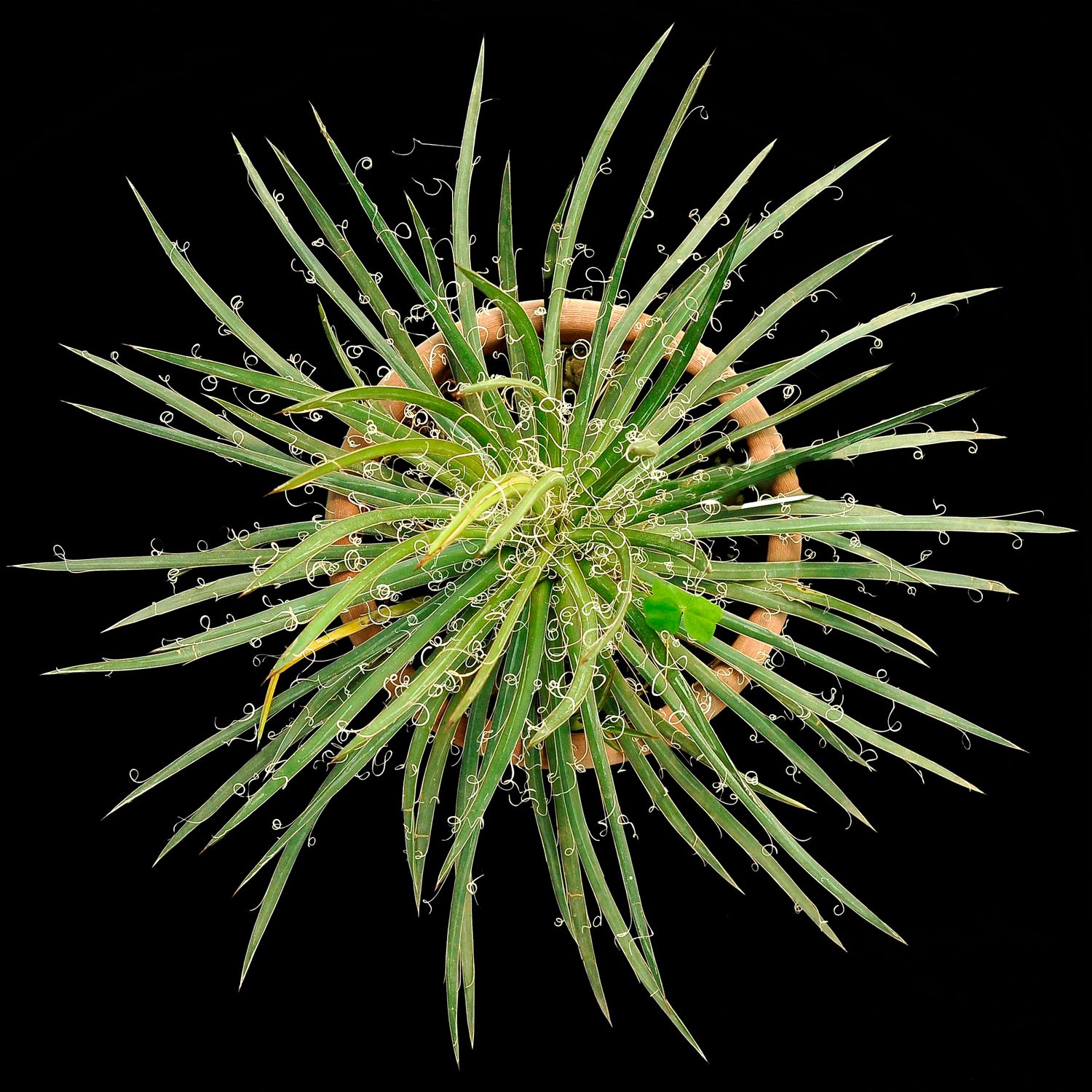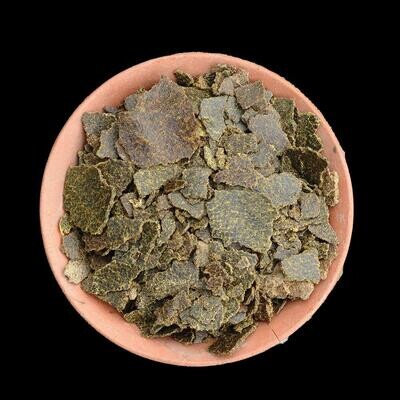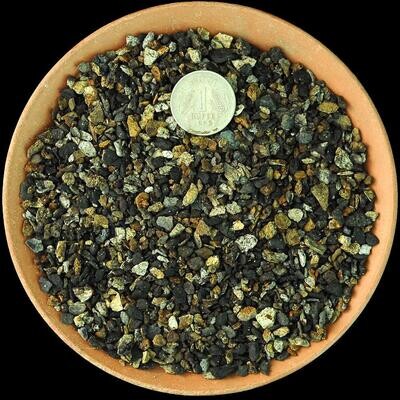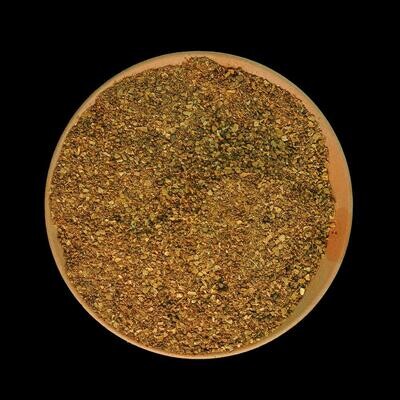Please check the Shipping Updates Page for information on shipping.
Agave x leopoldii hort. ex G.Nicholson
Origin of Name
Technical Description of Plant
Rosettes: Up to 30 cm tall and wide, compact, densely covered with leaves.
Leaves: Upright narrow spine-like, light green, decorated with white markings and curling threadlike fibrous margins that peel back giving the entire plant a hairy look.
It is easy to tell what features the Agave filifera contributed to this charming hybrid.
Flowers: Not particularly showy, but at any rate interesting with dark yellow anthers atop red stamens.
Origin of Plant
Result of deliberate hybridization efforts to combine the best traits of different Agave species.
Conservation Status
Due to its status as a hybrid species, Agave x leopoldii does not have a natural range and therefore is not assessed for conservation status by organizations such as the IUCN. However, the conservation of its parent species and their natural habitats is essential for future breeding and hybridization efforts. Enthusiasts and growers play a crucial role in maintaining the genetic diversity and availability of these plants through cultivation and propagation.
Care Instructions
Agave x leopoldii thrives in conditions that mimic its arid homeland. It requires full sun to partial shade and well-draining soil to prevent root rot. This plant is drought-tolerant, requiring minimal watering—only when the soil is completely dry. Overwatering can lead to health issues, so it's crucial to err on the side of underwatering. In colder climates, it is best grown in containers that can be moved indoors to avoid frost damage, as it is not frost-tolerant. Fertilize sparingly, once a year in the spring, with a balanced, slow-release fertilizer. Offsets can be removed and replanted to propagate new plants or control the spread of the agave in smaller gardens.
